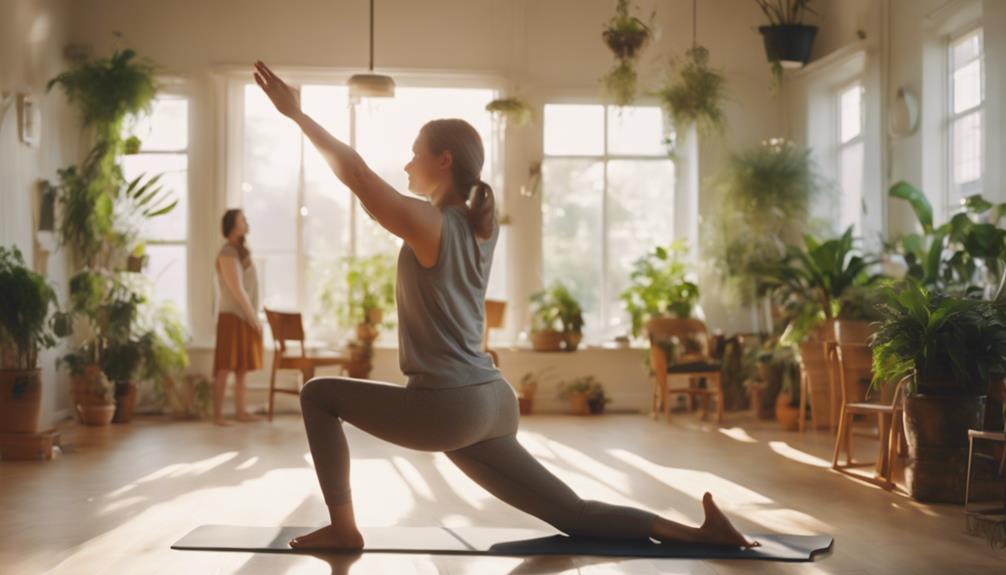What Is a Good Yoga Mat? ===
When it comes to yoga, the mat you choose can significantly enhance your practice. So, what is a good yoga mat? It’s not just about the material; it’s about the entire experience. A good yoga mat should offer the right balance of comfort, stability, and durability to support your poses and transitions. With numerous options out there, understanding the essential qualities can help you select a mat that aligns with your needs and preferences.
In the bustling world of yoga practice, a good yoga mat acts as your personal sanctuary, providing a space that feels safe and inviting. Whether you’re a seasoned yogi or a curious beginner, the right mat can make all the difference in your practice. A good yoga mat provides the foundation to explore your physical and mental limits, enabling you to fully immerse yourself in each session.
Before diving into the specifics, it’s vital to consider how you practice yoga. Different styles may require different mat attributes. From hot yoga’s intense heat to restorative yoga’s gentle flow, understanding these nuances is crucial to answering the essential question: what is a good yoga mat for you?
Finding Your Perfect Fit: The Secrets to a Great Yoga Mat!
Finding your perfect yoga mat involves careful consideration of several key factors. First, material plays a crucial role in determining the quality of a yoga mat. Eco-friendly options like natural rubber or TPE (Thermoplastic Elastomer) are excellent choices, as they provide grip, cushioning, and are gentle on the environment. PVC mats, while popular for their durability, may not be the best option for eco-conscious yogis. So, when pondering "what is a good yoga mat," always think about the materials that resonate with your values and comfort.
Another important aspect to consider is the thickness of your mat. Standard yoga mats are about 1/8 inch thick, but those who need extra cushioning—due to joint sensitivity or specific poses—might prefer thicker options, like a 1/4 or even a 1/2 inch mat. A thicker mat can provide additional support and comfort, but be cautious: too much cushioning can sometimes hinder stability in balance poses. Therefore, understanding your body’s needs and the type of yoga you practice will help you find your ideal thickness.
Lastly, texture and grip are vital for a good yoga mat. A non-slip surface allows you to flow through your poses without worrying about slipping, especially in sweat-inducing sessions. Textured mats help maintain traction, providing a sense of security as you explore your practice. When searching for a yoga mat, pay attention to how it feels underfoot and the kind of grip it offers. This will ensure you can focus on your breath and flow instead of worrying about your footing.
Choosing Your Ideal Yoga Mat ===
In conclusion, discovering what is a good yoga mat is a personal journey that intertwines your unique preferences with essential features. From material and thickness to texture and grip, understanding these elements will help you find a mat that enhances your practice and supports your yoga journey. Remember to consider your practice style, personal values, and physical needs when making your choice. Ultimately, the perfect mat is one that inspires you to show up on the mat and embrace your practice with joy and confidence! So go ahead and find the mat that speaks to you, and let your yoga adventure unfold!
